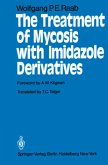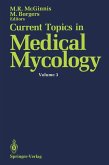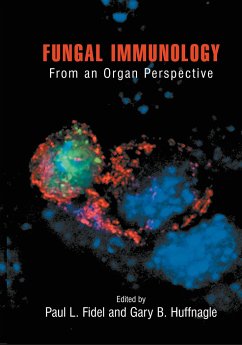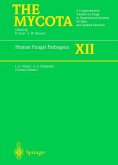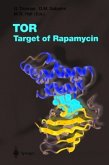The tendency of fungi pathogenic for humans to have shapes in tissue distinct from their usual saprophytic morphologies has fascinated the pathologist and medical mycologist for almost a century. A primary rea son for this fascination is the possibility that fungal duality of form, or dimorphism, may be an important virulence factor that allows the zoo pathogenic fungus to survive host defenses. A second reason relates to the desire to gain basic insights into the regulation of cellular develop ment and morphogenesis among the etiological agents of human mycoses. Many excellent treatises have appeared within the recent past dealing with fungal dimorphism. However, it is becoming increasingly clear that it may be beyond the capability of one or a few authors to review this subject adequately. Instead, the ever-increasing volume ofliterature asso ciated with fungal dimorphism and the diversity offungi now recognized to exhibit a type of dimorphism suggest that a volume comprised ofcon tributions by numerous researchers may be more appropriate. This per ception provided me with the motivation to compile a multiauthor volume.


